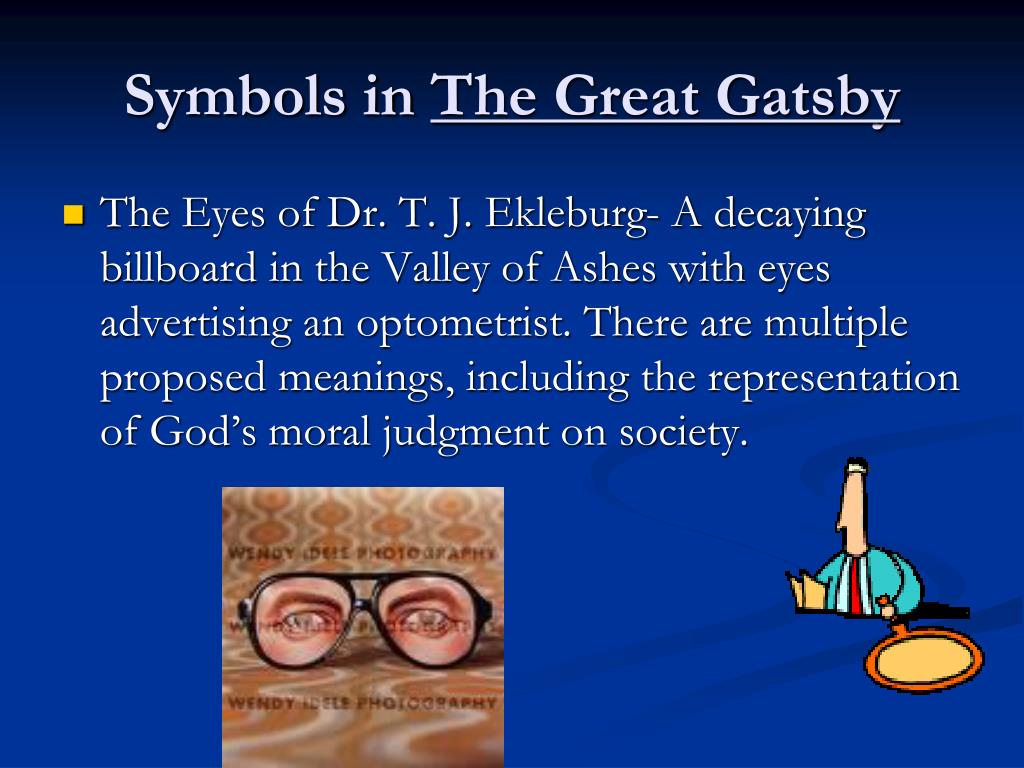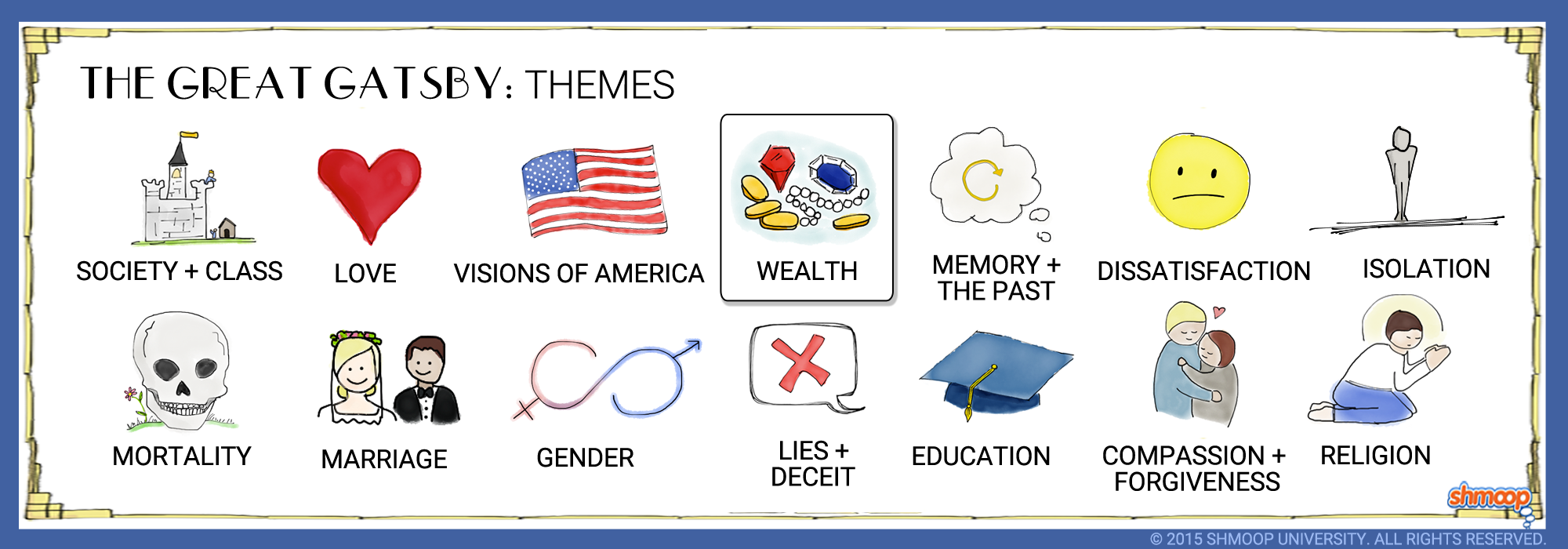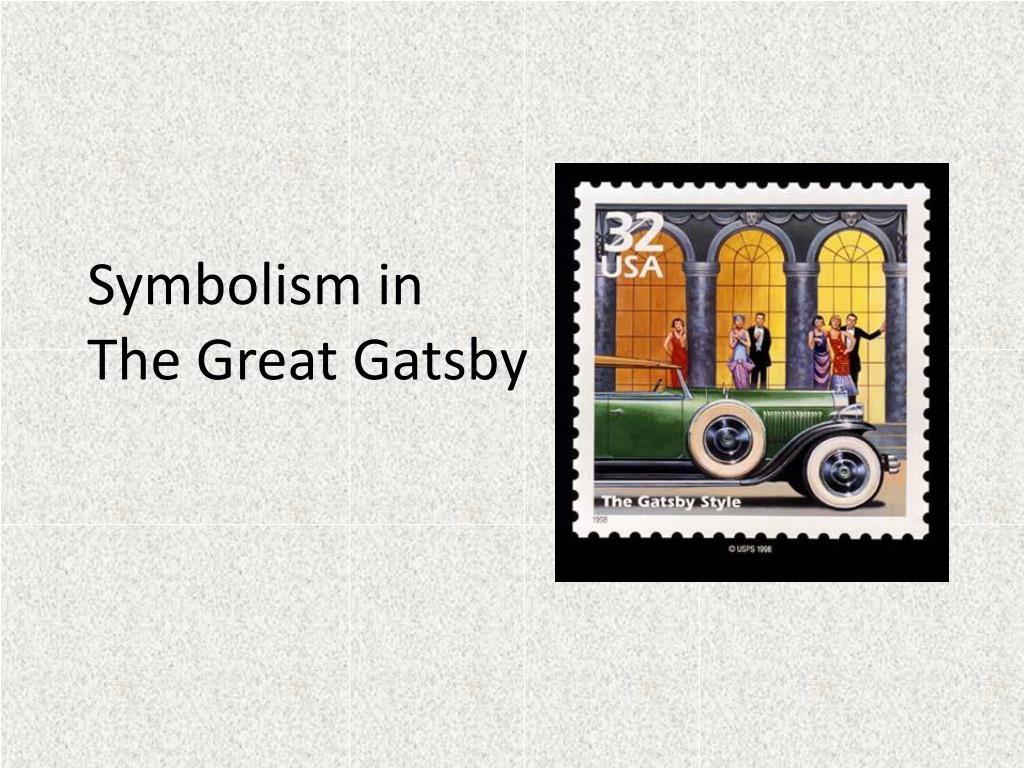

S.: 1925, The Great Gatsby (Scribners, New York).įryer, S. Nelson: 1989, ‘Business Law and Moral Growth’, American Business Law Journal 27(1) (Spring), 1.įetterley, J.: 1978, The Resisting Reader (Indiana University Press, Bloomington).įitzgerald, F.

159.Ĭollison, M.: 1992, ‘More Freshmen Say They are Choosing Colleges Based on Costs’, The Chronicle of Higher Education January 22, p. Shepard: 1989, ‘Gender Differences in Proclivity for Unethical Behavior’, Journal of Business Ethics 8(5), 321.īewley, M.: 1954, ‘Scott Fitzgerald's Criticism of America’, The Sewanee Review 62(2) (Spring), 223.Ĭoles, R.: 1987, ‘Storytellers' Ethics’, Harvard Business Review 65(2) (March–April), 8.Ĭoles, R.: 1989, The Call of Stories (Houghton Mifflin Company, Boston), p. Tipton: 1991, The Good Society (Alfred A. Scott Fitzgerald's The Great Gatsby (Chelsea House Publishers, New York, 1986), p. 8.Īudhuy, L.: 1980, ‘The Waste Land Myth and Symbols in The Great Gatsby’, in Bloom, H. Schalit: 1987, The American Freshmen: National Norms for Fall 1987 (The Higher Education Research Institute, UCLA, Los Angeles), p. (ed.), Scott Fitzgerald: The Promises of Life (Vision Press, London), pp. K.: 1989, ‘“The Most Poetical Topic in the World”: Women in the Novels of F.
As such, the Gatsby discussion is designed to precede a more pragmatic and specific inquiry employing conventional business cases and the like.Īldrich, E. In effect, the author presents a lesson plan for teaching The Great Gatsby as a general introduction to ethics and American values. The article concludes with a brief look at students' responses to Gatsby in a legal and social environment of business course. Data examining the incidence of lying in contemporary American life, a review of Lawrence Kohlberg's theory of moral development, and data-based studies of wealth distribution in America are among those strands of evidence. Fitzgerald's fiction analysis is then tied to the '90s via current social science and philosophical evidence addressing Fitzgerald's 1920s concerns. The author presents a documented analysis of the major ethics themes in the book including, for example, moral growth, Gatsby's life of illusion, the withering of the American Dream, and the parallels between the 1920s and the 1980s.

Scott Fitzgerald's novel, The Great Gatsby, as a “text” for studying business ethics.


 0 kommentar(er)
0 kommentar(er)
